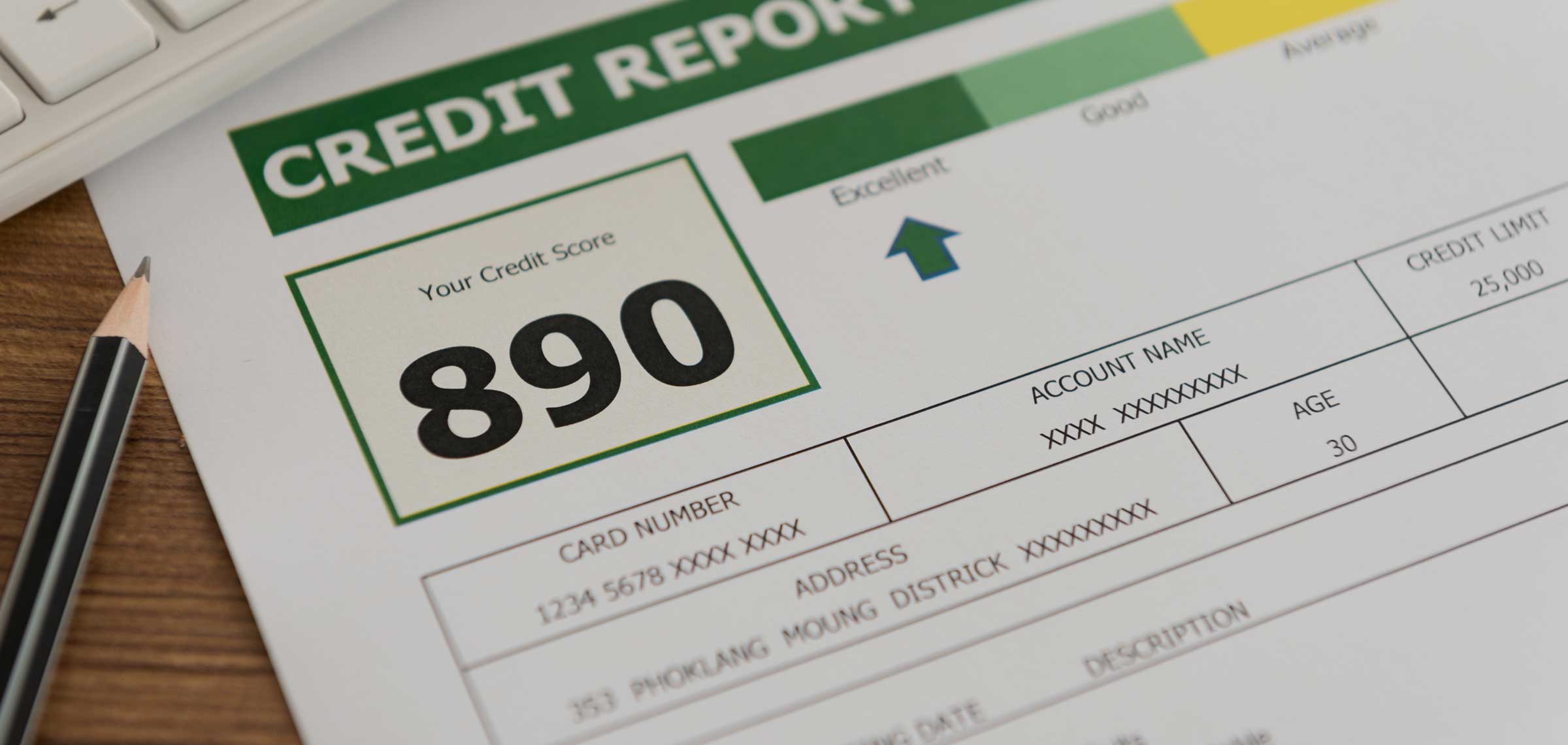
The easiest ways to build a strong business credit profile
It can sometimes feel like a Catch-22. Part of building a strong credit profile is responsibly using business credit, but obtaining that business credit so that you can responsibly use it is sometimes easier said than done—especially for young companies just getting started.
It can sometimes feel like a Catch-22. Part of building a strong credit profile is responsibly using business credit, but obtaining that business credit so that you can responsibly use it is sometimes easier said than done—especially for young companies just getting started.
As a result, it might be tempting to use your personal credit for business purposes, thinking that will help demonstrate that you know how to properly use credit. Unfortunately, it won’t help you build your business’s credit, and the higher credit utilization often associated with business expenses may actually adversely impact your personal credit profile.
Although establishing credit can be a challenge in the first year of doing business, and you might not be able to get a loan at the local bank, there is typically credit available to help you establish a strong business profile that is relatively easy to get. Vendor credit is a smart way many new businesses establish their credit profile. Unlike using your personal credit cards to pay for merchandise from your suppliers, establishing credit relationships with vendors and suppliers will help you build your business credit profile – provided your vendors report to the appropriate business credit bureaus. If your vendors and suppliers don’t report to the bureaus, you may be building your credit reputation with that particular vendor, but it won’t otherwise help your profile.
Peter Bolin, director of consulting and analytics at credit services firm Experian, cites a study conducted by Experian earlier this year that looked at startups and young companies.
“In our study group, an average Experian business credit score of 23 [on a scale of 1-100] the first year of business soon improves to somewhere in the 30s, and eventually moved into the 40s,” Bolin says. “New businesses might equal lower scores, but the average small business owner is creating 1-1/2 trade credit relationships each year and using smaller loans to build their credit profiles over the first few years – ultimately indicating to us that many of these businesses are great borrowers.”
In other words, it’s not uncommon for a new business to have a thin credit profile, meaning it hasn’t had enough time to build a strong profile yet because it doesn’t have many credit accounts. But those businesses that pursue a credit-building strategy of utilizing the credit available from their vendors and other suppliers are able to greatly improve their profiles over time – demonstrating to credit bureaus that they are potentially good borrowers.
Trade credit is probably one of the easiest ways to establish your business credit profile and a great way to build a solid business credit foundation. “It’s not likely you’ll be able to go into the bank and get $100,000 for working capital,” says Bolin, referring to these younger companies. “Start by establishing trade credit with your vendors. Make sure they report to the credit bureaus, and make sure you make your payments on time. Apply for a business credit card and make sure you make those payments on time. This will dramatically increase the depth of your credit report so when you do need that $100,000 from the bank or other lender, you’ll be likely to get approved.”
A healthy profile doesn’t just happen. Taking a strategic approach to building and creating credit relationships today will help you down the road.